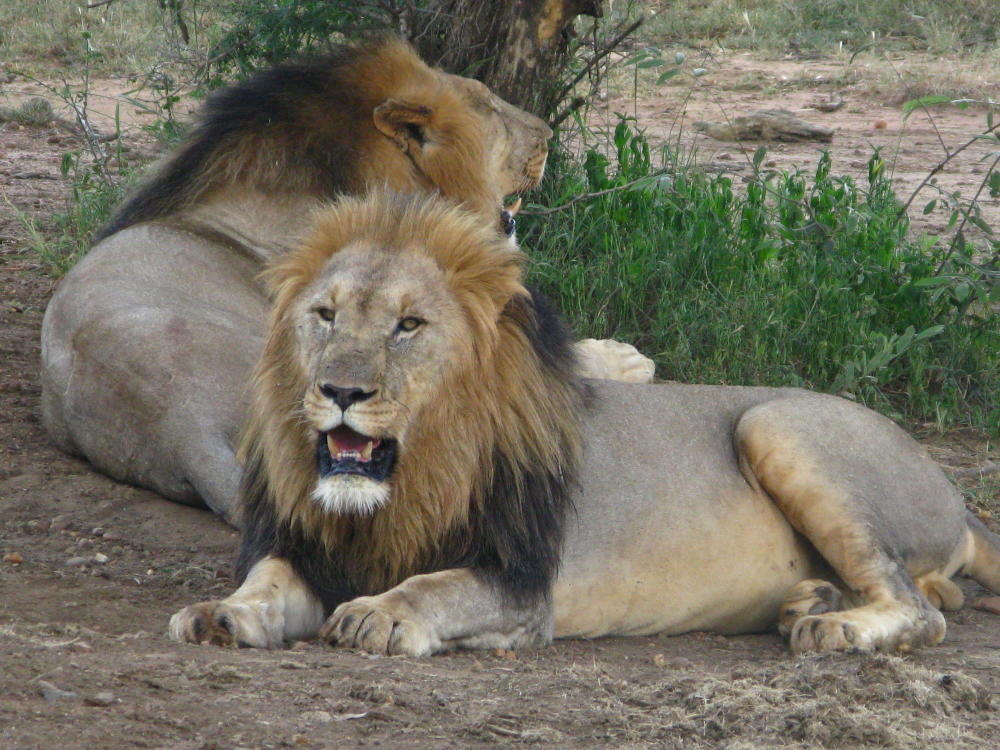Lions are rapidly disappearing in large parts of Africa, and their population could be reduced by half outside of protected areas over the next two decades, according to a study published Tuesday in the Proceedings of the National Academy of Sciences.
“Many lion populations are either gone or expected to disappear within the next few decades,” says one of the report’s co-authors, Luke Hunter, president and chief conservation officer at Panthera, a group dedicated to the protection of large cats:
“The lion plays a pivotal role as the continent’s top carnivore, and the free-fall of Africa’s lion populations we are seeing today could inexorably change the landscape of Africa’s ecosystems.”
The authors looked at 47 lion populations throughout the continent and found that their numbers are dropping fastest in central and western Africa. All of the largest populations of more than 500 are declining, it said.
The decline has been less severe in eastern Africa.
The study attributes the drop to a loss of habitat, a decline in the lions’ prey, uncontrolled hunting and retaliatory killing of lions by people. Lions are also targeted for their use in traditional medicines sold in Africa and Asia, it said.
Lion populations are increasing in four southern African countries: Zimbabwe, Botswana, Namibia and South Africa.
The study attributed the increase in those places to low human population density, the allocation of significant resources and the proliferation of fenced wildlife preserves.
The study’s lead author, Hans Bauer of WildCRU noted that the lions’ survival in southern Africa show that their decline can be halted and even reversed:
“Unfortunately, lion conservation is not happening at larger scales, leading to a vulnerable status of lions globally. In fact, the declines in many countries are quite severe and have enormous implications.
“If resources for wild lands cannot keep pace with mounting levels of threat, the flagship species of the African continent may cease to exist in many countries.”
Lions are listed as a “vulnerable” species on the International Union for Conservation of Nature‘s Red List, but the authors of the study want that upgraded to “endangered” in regions of Africa where the decline is most severe.
9(MDA3MTA1NDEyMDEyOTkyNTU3NzQ2ZGYwZg004))
